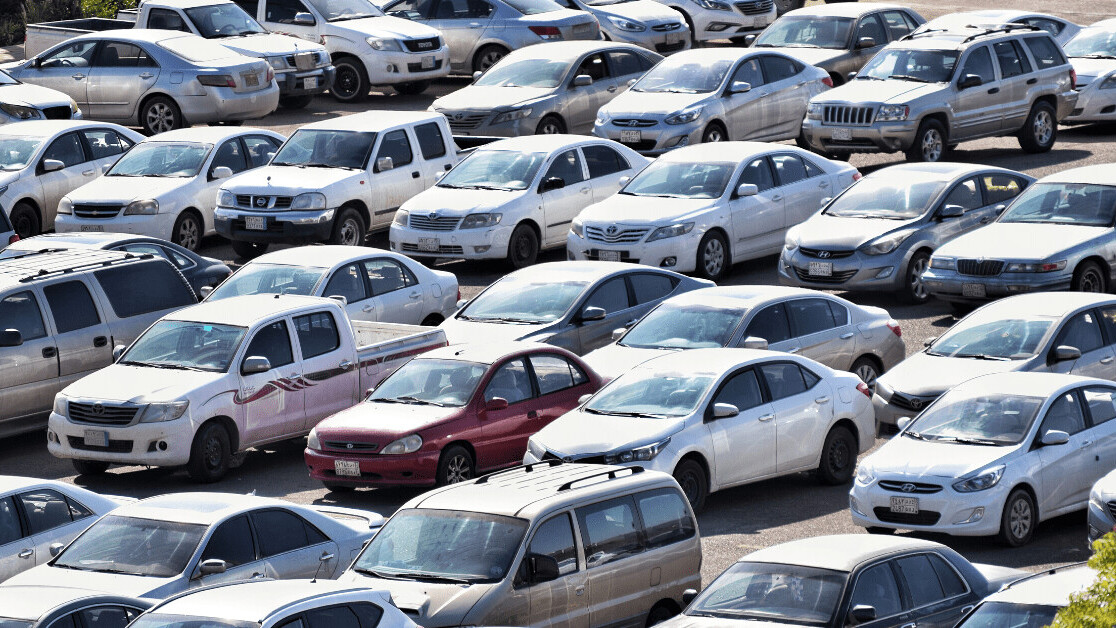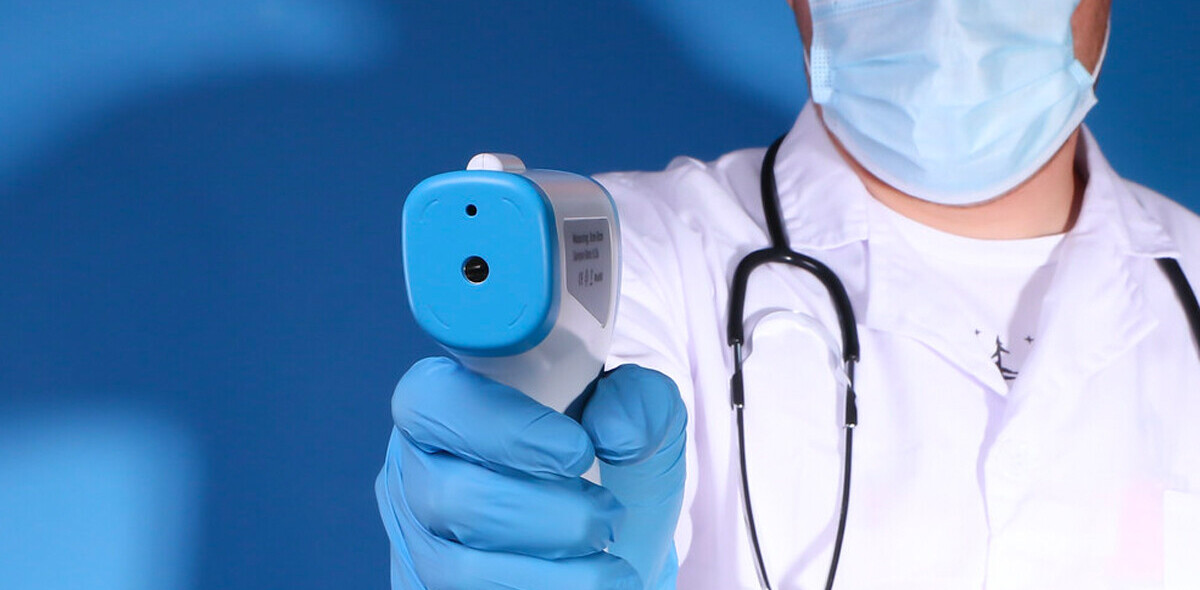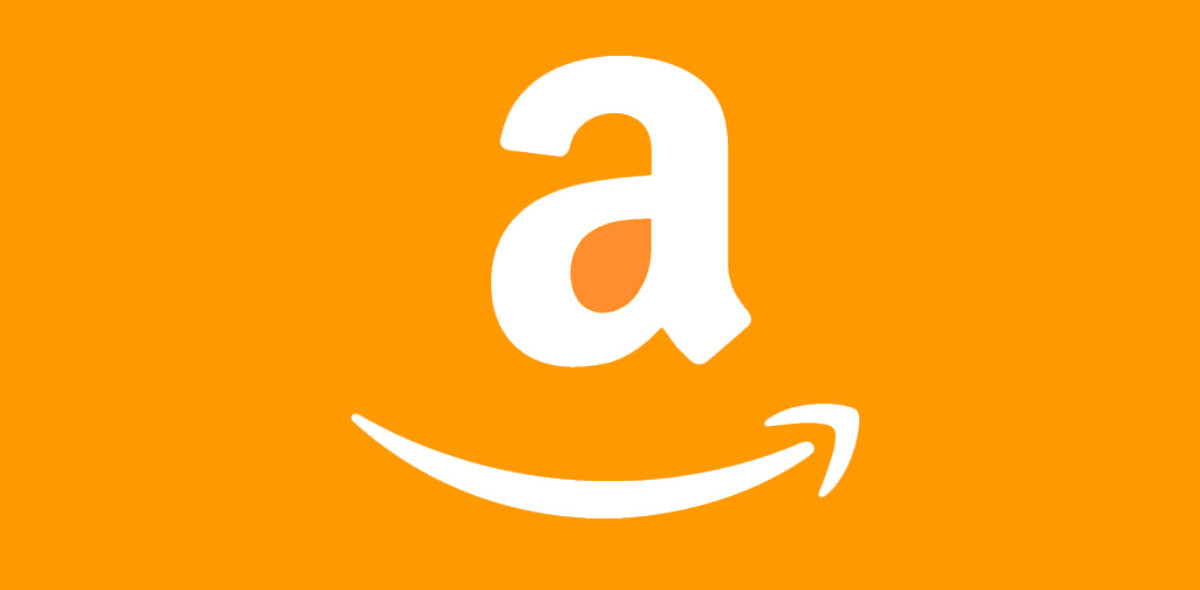The genesis of Miovision grew out of a summer job I had, doing traffic counts. Sitting in a chair in the hot sun, I realized this was a process ripe for automation. Automated counts could be more accurate. It’s a process that could scale across cities. And, it offered the opportunity to provide 24/7 traffic data.
That summer job also gave me insight into how important this data is. Cities make decisions, in part, based on traffic data – decisions on zoning and where to build what. Traffic teams also use traffic data to optimize the timing of traffic signals, which can have a significant impact on traffic congestion and safety. Ultimately, traffic data helps shape how cities evolve and function. And, while so many other sectors of the economy are being reshaped by data, a lot of traffic data is still collected the same way it was a generation ago. So, I and my co-founders started Miovision in 2005 to apply proven technologies to give cities and towns the modern tools they needed to more effectively measure, manage and optimize mobility flows. Basically, we’re in the business of helping our customers use data to fix traffic, by offering a new way to do an old thing – better.
The big hurdle: ‘why change?’
For potential customers, though, the question will always be: ‘why change?’ They have a system for collecting data that works for them. We need to help customers understand the advantages of our approach; our biggest challenge is therefore conveying what having rich, multimodal data will mean for their ability to measure, manage and optimize traffic.
To confront this challenge, we offer two significant advantages through our choice to have video and machine vision as our core technologies. First, our tools can track multimodal traffic – meaning we can count cars, trucks, buses, pedestrians, cyclists and e-scooters. As cities look to encourage more environmentally and space-efficient modes of transportation, they need some way to see how effective their efforts are – and our tools can help provide that.
Our computer vision approach also means we can ‘train’ our systems to see new classifications of traffic. We are just launching e-scooter counts in EMEA, for example – a mode of transportation that didn’t even exist a few years back. We’ve been able to train our tools to pick out e-scooters as a distinct group, separate from pedestrians or cyclists (or cars and trucks), without having to change our hardware tools. Our systems get better with software, meaning something a city or engineering firm buys today may have new capabilities in the future.
Our secret sauce? A human touch in the system
Another huge advantage of our machine vision approach – our ability to identify and accurately count different kinds of traffic – is that it can be audited by humans. This means that we can have people review our automated counts and see how accurate they are. My summer job didn’t become obsolete, it just evolved. When they aren’t completely accurate, we can identify how to train our systems to improve. That means we can offer traffic engineers a flexible, accurate, capable tool, enabling them to gather the kind of rich data that makes them more effective. And, it allows us to train our systems to accurately recognize new classifications of traffic – like e-scooters – as they emerge and become relevant to traffic engineers.
Because our technology is constantly helping us understand and improve the problems that traffic managers are trying to solve, we retain a very close relationship with our clients. Ultimately, we are giving skilled professionals powerful tools in order to understand – and improve – traffic. At the core of that is understanding how they use these tools and how we can make them even more useful.
That relationship develops as we accompany our customers along a journey that usually starts with a small implementation of our tools – often to solve a specific challenge. This gives customers a chance to see if what we offer delivers on its promise and, more importantly, how it fits their workflow. Once they see initial success, customers are usually eager to deploy more devices and to start exploring the possibilities.
Our solution in action bore pre and post COVID-19
A great example is Detroit, who started out simply looking to better monitor their existing signal network remotely – to see maintenance issues before citizen complaints started coming in. Once they saw the potential of a computer vision approach, they deployed more devices and started using traffic data to improve safety and reduce traffic congestion. Today, we’re in hundreds of intersections across Detroit. More recently, we worked with the city to better understand the impacts of Detroit’s COVID-19 stay-at-home orders on traffic.
Miovision aims to become the platform that cities across the globe will use to measure, manage, and optimize traffic congestion and safety. We continue to focus on helping cities gather 24/7 multimodal traffic data, supporting initiatives like Complete Streets that promote more space and environmentally-efficient modes of transportation.
As cities begin to see the power of data to address challenges, we can provide the kind of rich data and insights needed to help get the most out of their traffic networks, enabling more people to travel efficiently and safely – no matter which mode they choose. In Atlanta, where over 10,000 e-scooters are available for use, our tools were used to measure the efficacy of a temporary multi-use lane to improve the safety of cyclists and e-scooter riders. This was an opportunity for us to practice our belief in giving the right the tools to measure what’s actually happening at street level, providing insights that allowed the city to make changes and see their impact on congestion and safety.
We’ve already seen a huge shift to personal modes of transportation – walking, cycling, e-scooters – during COVID-19 and, already, cities are looking to measure these shifts. The big question for them is – are these shifts permanent? The only way to tell for sure is to continually measure. Then, cities can make data-driven decisions based on what changes they need to make to address these trends.
This article was written by Kurtis McBride, Co-founder & CEO of Miovision on The Urban Mobility Daily, the content site of the Urban Mobility Company, a Paris-based company which is moving the business of mobility forward through physical and virtual events and services. Join their community of 10K+ global mobility professionals by signing up for the Urban Mobility Weekly newsletter. Read the original article here and follow them on Linkedin and Twitter.

Get the TNW newsletter
Get the most important tech news in your inbox each week.






